Today, building materials production offers the widest possible choice for the roof of buildings, various both in quality characteristics and in pricing policy. However, one of the most popular remains metal.
Galvanized iron has long been widely used in the construction industry for the roofing device, the manufacture of individual elements and fences. Coatings from such a metal are able to serve their owners with reliable protection of the facades of the building for quite a long time, and the repair can be performed independently. This lightweight material can be mounted even on the most complex roofs of any form.
Operational characteristics, lightness of installation and affordable pricing policy make such iron especially indispensable for owners of private real estate. The right choice of coating guarantees its quality, durability and a decent appearance. A simple procedure for its installation allows you to cover any surface even on your own.
Types of galvanized iron for roofs with photos
All galvanized coatings are produced in several versions:
- Metal tile. One-piece sheet with a special polymer coating and transverse stamps to imitate tiles from ceramics. It has a large number of shapes, sizes and stepping profile waves.
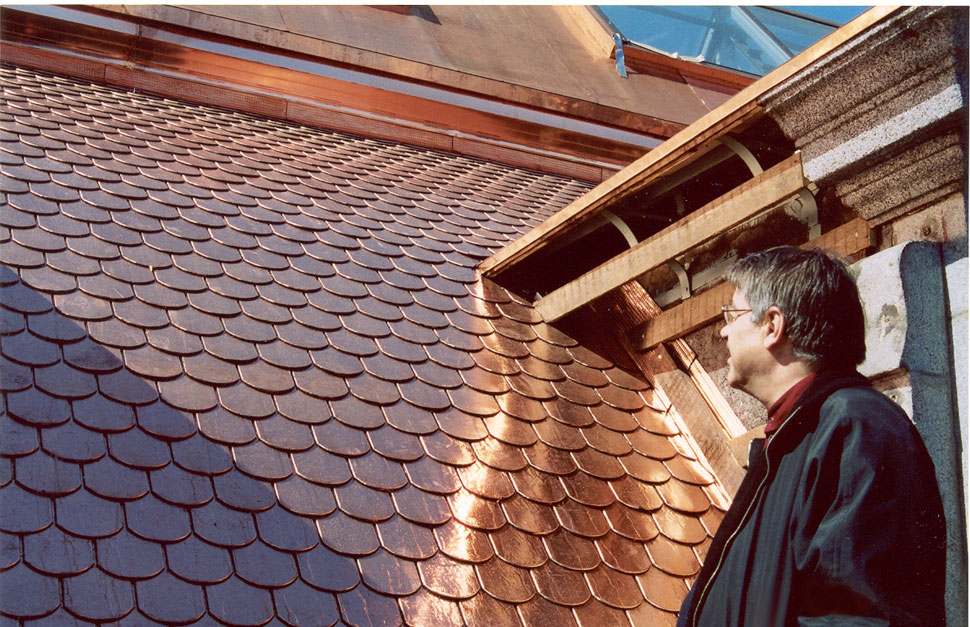
- Professional flooring. The iron sheet with a galvanized surface and a wave-like (corrugated) form to increase rigidity. It can be produced with a polymer coating or without it and there can be different shapes (rounded, trapezoidal or sinu-shaped), widths and heights. For architectural capabilities, it can be made in the form of arches and bent forms.
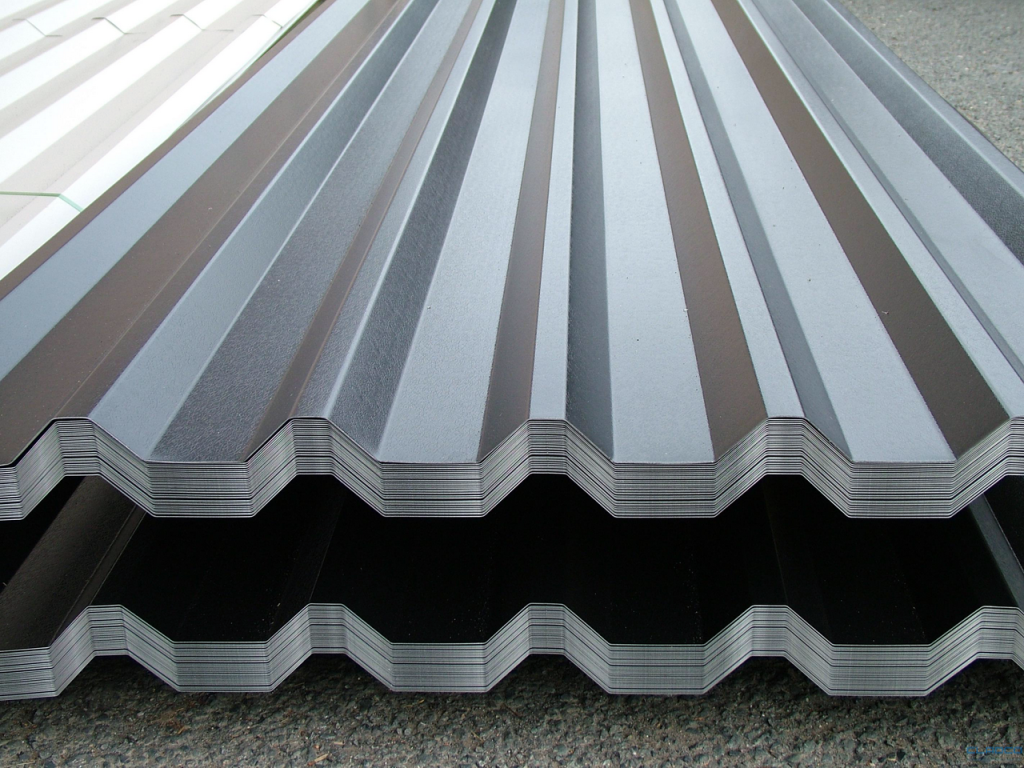
- Rolled material. Easily transported, does not require a large area of \u200b\u200bstorage and convenient for installation work, and also allows you to reduce consumption due to cutting the required length.
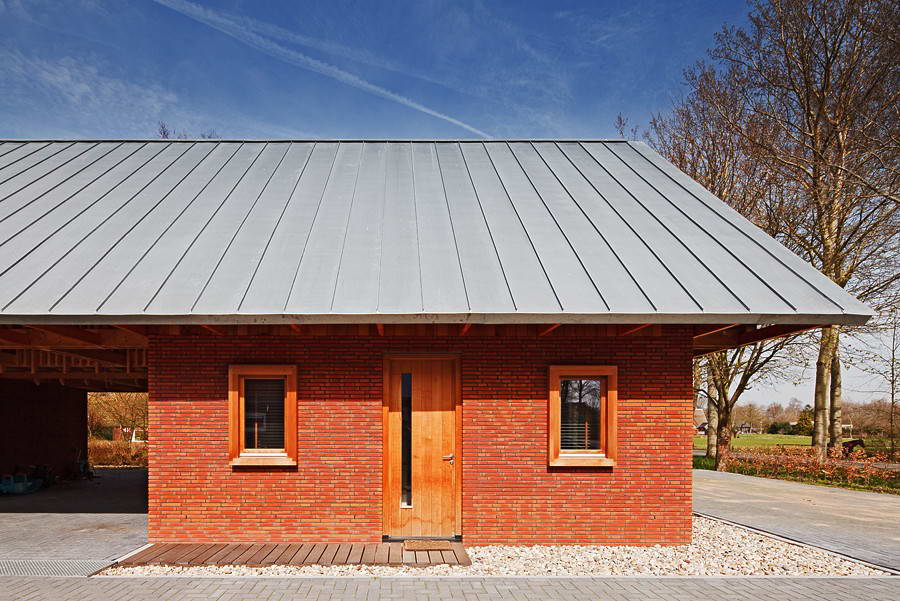
Pros and cons covering roofs galvanized hardware
Metal sheets with galvanized coating have a number of characteristic qualities:
- Advantages:
- The possibility of staining;
- The possibility of covering the roof of a complex shape and non-standard configuration;
- High speed and resistance indicators for mechanical loads;
- Service duration of 20 to 50 years;
- Affordable price;
- Lightweight material;
- Simple repair;
- Simple and reliable installation technologies;
- Wide color gamut;
- Wide selection of coating form;
- Ecology material.
- Disadvantages:
- Low sound insulation;
- Middle level of fire resistance indicators;
- Operating costs for painting.
How to cover the roof galvanized iron?
Preparatory work
Before independent installation, it is necessary to carry out a number of works on the preparation of material from galvanized sheeting for roofs and the necessary elements:
- Payment sizes And order sheets of the required length with all the necessary details.
- Primer galvanized sheets:
- Pre-cleaning of dirt and dust on both sides;
- The primer is a mixture of linseed oil and natural-based grated minium, which prevents streaks (in proportions of 10 to 1);
- A metal sheet is installed in the metal container with a mixture and is covered on both sides with one layer of primer;
- Printed sheets must be carefully dried for further work.
- Setting rafters and crates:
- The rafter farms are installed on plunders, nails for which you need to drive in advance;
- The rafter beams are installed strictly horizontally with a level of level;
- The doomlet (from steel runs or boards after treatment with an antiseptic) is laid in increments of 30 cm or skipping the material and attenuation of the joints of the compound;
- Nails on the last farm are not clogged completely to the possibility of making adjustments;
- Wind boards must be selected parallel to the legs of the rafter;
- The roof is recommended to be installed on the rubberoid layer.
Fastening galvanized roof
There are several coating methods depending on the structure of the selected material:
- When using iron with a smooth texture, a method with a device of paintings is applied:
- Pictures are separate parts for connecting elements of an ordinary coating, which are attached with the help of folds, which provides a smooth surface without cracks;
- To obtain better seams, preference should be given to power tools or use the hammer;
- The elements of the coating with a smooth texture are turned around and crimped each other;
- The iron sheet is stacked on the workbench and on a predetermined candy mark, bend along the edge line;
- Falves can be made horizontally (lying) or vertically with several bends or ridges (with a roof bias from 70 to 140 degrees);
- The compound of sheets is performed using an inquiry, and the seal is to cover the fold;
- After preparation of the patterns, the chute and coating of eaves with marking for the arrangement of crutches are installed;
- The picture is placed on crutches and nailed to the crate, and all subsequent impose with the allen;
- After tightening the paintings, the sealing of the folds of the Surikovy Mazzka and the glooming of the grooves and the hooks is performed.
- When using sheet profile iron:
- If the size of the sheets coincide with the roof slide length, then they can be laid in one layer, and otherwise the laying method is used in several rows;
- Regardless of the size of the sheets, the masonry is performed parallel to the cornices from the roof edge;
- From the plank of the eaves to the skate, the waterproofing film with the compounds of the mustache and the sealing of the joints with adhesive tape is for tightness;
- The first sheet should be seamless to the wind board, and its territory should be bent in the form of a gutter;
- All sheets need to be allowed to poison and strictly along the bottom of the lower edge;
- The fastening of the material is performed to the run by self-testers with rubberized seals from galvanized metal;
- On the upper part of the wave, it is necessary to mount a hat with a sealing gasket from moisture ingress;
- When installing the last sheets, they are recommended to cut electronics for metal or circular saw, and the edges subsequently bend in the form of a gutter.
General Tips for Installation Galvanized Roof
Additional instructions will help when using any metal material:
- The bias of the roof must be at least 8 degrees, which requires careful installation, sufficient ventilation and sealing all end-to-end conclusions and docking seams;
- The snow-resistant limiter is set not far from the cornice to prevent snow fallout with an additional enhancement of a wave leaf crest and fastened with screws from above on each second bend;
- Rams with boards are used when installing lapty visors;
- Lining (not required at sufficient ventilation) from the superdiffusion membrane to prevent the appearance of condensate and its further penetration into the thermal insulation layer, which is attached from the sweep to the crest with a slit of 0.5 cm for ventilation to the crate, and in places rafter - using counterproof Reiki to prevent damage;
- The backstage between the sheets is performed in the amount of half of the profile bend (or wider - up to 25 cm) with the possible use of mastic or sealing tape on gentle roofing, which is attached to screws in the connection site to the crate on each wave deflection;
- The metal ending plate is put in the latter and there must be no less than 0.5 cm for overlapping the first bending of the profile sheet;
- The skating plate is fastened with self-pressing or rivets with an overlap 1-2 cm and a step of 3 cm, as well as using sealing and gap for ventilation (with tent roofs) from the opposite direction of precipitation and winds;
- The cornice bar is fixed to the installation of metal sheets with the allen in 1 cm with nails or screws in a step of 3 cm;
- Self-tapping screws should be used for attachment only with galvanized coating and rubber nozzles (about 6 pcs. Per 1 sq. M), which are screwed into every second wave bending of the coating or in each piece on the crate;
- All internal jokes are performed from a smooth sheet are attached to nails or self-drawing on each bend of the waves and must have a solid board, and the gaps with a stove must be sealed with the seal;
- Ventilation serves to ensure a normal air flow from the cornice of the ridge (skate) of the roof, the lattice holes of which must be located at the highest places between the skate plates and roof plates;
- The adjoining nodes are installed with a plane with a seal, which is attached to a dowel and lasted by sealant on the seam, and with a profile fastens with a self-tapping screw.
Painting galvanized roof with your own hands
Before applying any painting coating, it is necessary to prepare a working surface and clean it from metal chips, garbage and dust. Pollution should be removed by conventional detergents without organic solvents in the composition. For cleaning garbage and washing the material, it is not recommended to use coarse brushes with metal abrasive to avoid damage to the galvanized protective layer.
The coating of the metal roof of the paint will reliably protect the zinc layer from the effects of precipitation. In addition to the extension of operational qualities, coloring substances attach a more aesthetic appearance. Proper painting will significantly increase the service life of the material and not to make it possible.
For staining of iron, it is not recommended to use conventional enamel with an alkid content, which leads to oxidation and destruction of the zinc coating. The best coloring substance will be a cycro-water-resistant mixture of acrylic resins with additives of polymer components against corrosion. Such a coating dries in 15 hours, does not fade in the sun and does not require mandatory pre-primer metal before painting.
How to repair the roof, covered with galvanized iron?
The roof may require repairs in several cases - mechanical damage, the need to replace some parts or the appearance of cracks and rusting spots. Any repairs can be local or overhaul with the replacement of the entire coating. Local repairs are produced with the replacement of some individual sections, seals of folding compounds, sealing the slots and removing rust from the coating.
High-quality repair of metallic coating consists of several main steps:
- Inspection, identification of defects and strain deformation, preparation of material.
- Cleaning the working area from pollution and removing old damaged parts.
- Preparation of the base from beams and rafters, their coating with an antiseptic.
- Warming of necessary sections before coating.
- Stripping with emery paper or zinc chloride (when using a soldering iron to cover damaged places).
- Replacing the necessary sections (strictly in the direction of the roof from the lower rod) with the help of glue, sealants or epoxy putty.
- Finish roof coloring after repair.
The left after the roof or repair can be stored in a package of about a month on a flat surface and in a dry storage room. For longer preservation of the shape under the sheets, it should be put on a height of about 20 cm and with a step-by-step interval of 50 cm. Each sheet is recommended to additionally shift the rails.
To ensure the longest service life, the coating is recommended to be cleaned of contamination and snow. In the fall and in the spring it is recommended to periodically remove the flowing leaves periodically, and in the winter it is necessary to carefully remove the snow in order to avoid the appearance of rust from corrosive reactions. When scratches appear on the coating, they are recommended to cover the aerosol paint of suitable color.
Video: How to roof the roof of galvanized iron?
Video instructions will allow detail to study the basic principles of fastening of the professional flooring:

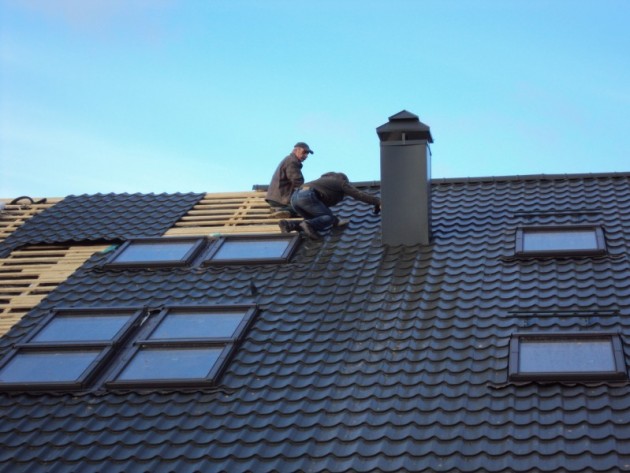
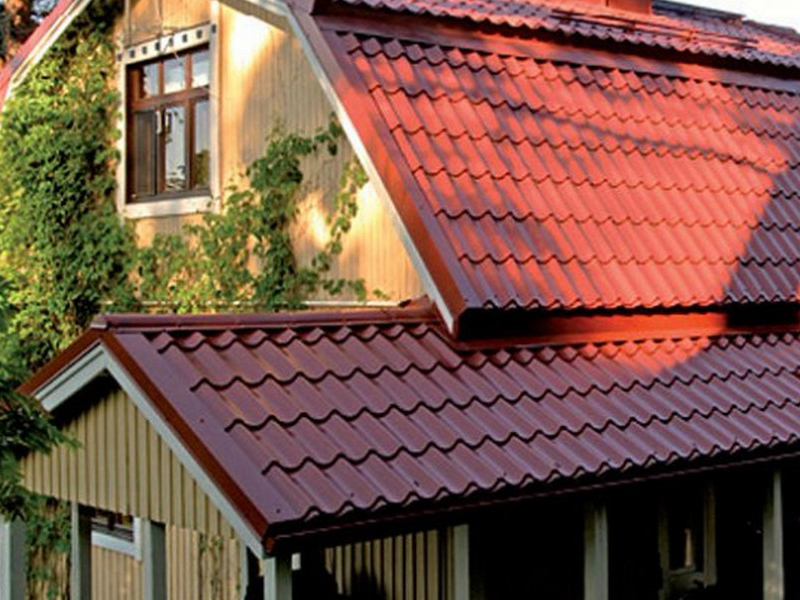
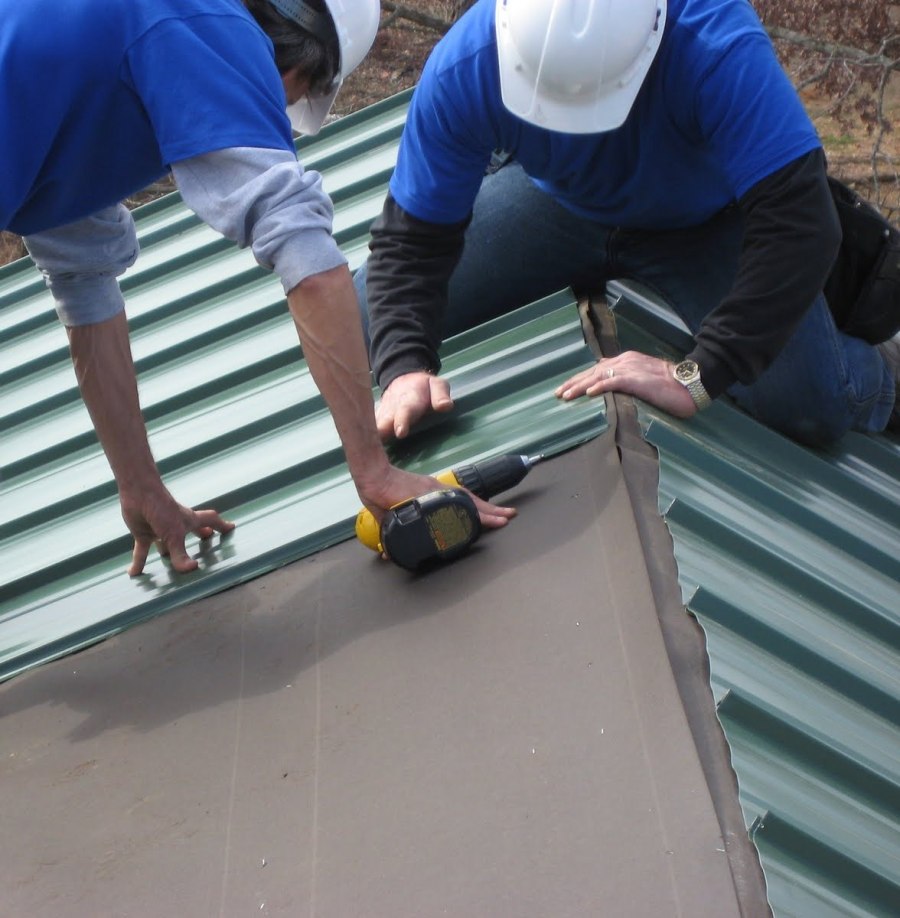

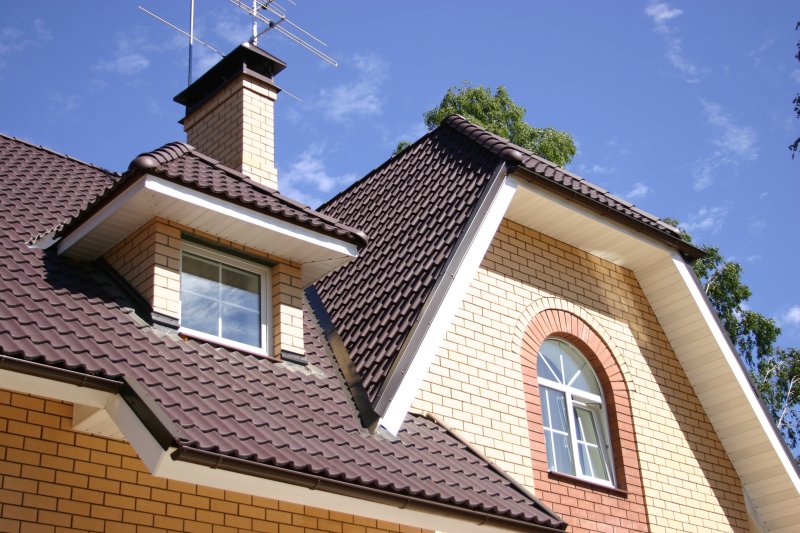
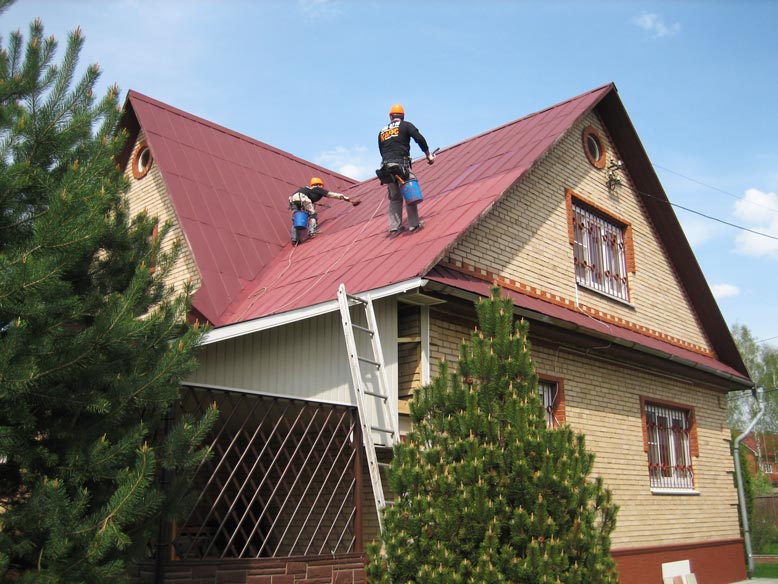


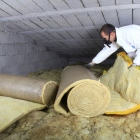


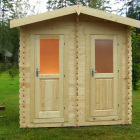





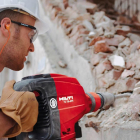
 Start a discussion ...
Start a discussion ...